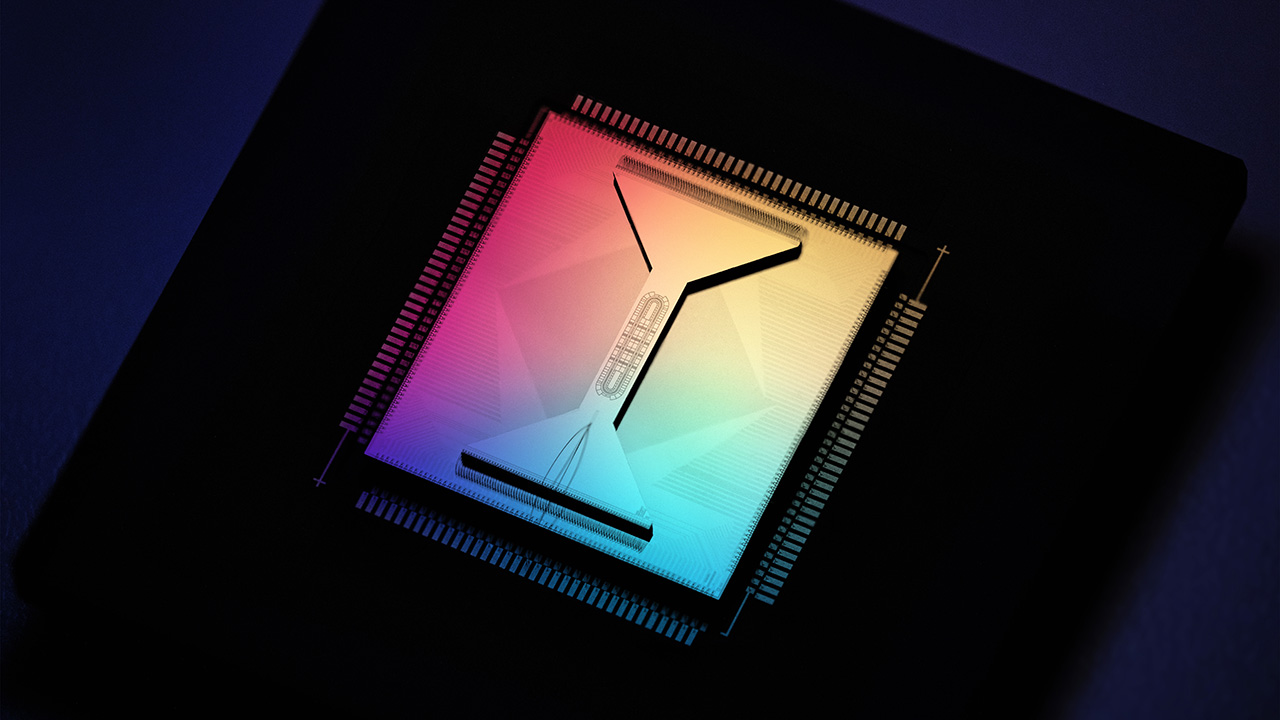According to a recent technical paper, the partners have successfully simulated the oxygen reduction reaction (ORR) on a platinum-based catalyst surface. ORR is the chemical reaction that converts hydrogen and oxygen into water and electricity in a fuel cell. This reaction reduces the efficiency of the process. This reaction occurs at a slow pace and necessitates a large amount of platinum catalyst.
That's why it's important to understand the basic operating principles of the reaction. The team wants to find ways to reduce fuel cell production costs by discovering new materials that enhance performance. Learning more about the ORR reaction could offer valuable insights and help to achieve this goal.
“Circularity and sustainable mobility are putting us on a quest for new materials, to create more efficient products and shape the future premium user experience,” explained Dr. Peter Lehnert, Vice-President, of Research Technologies at BMW Group, adding: “Being able to simulate material properties to relevant chemical accuracy with the benefits from the accelerating quantum computing hardware is giving us just the right tools for more speed in innovation for this decisive domain.”
“We can clearly envision the benefits of the study in our quest for sustainable and hydrogen-powered alternatives such as the ZEROe aircraft, which may operate on fuel cell engines,” says Isabell Gradert, Vice President of Central Research and Technology at Airbus. “The study confirms that quantum computing is maturing at the scale we need for aviation.”
Some companies are already using quantum computers to improve their eMobility development. For instance, Bosch and IBM want to improve a whole range of eMobility materials, as classical computers cannot calculate the materials with strongly correlated electrons with sufficient accuracy. VW and the Canadian startup Xanadu plan to use quantum computing to improve future battery generations. Hyundai also plans to use quantum computing mainly for battery development.
Source: BMW

